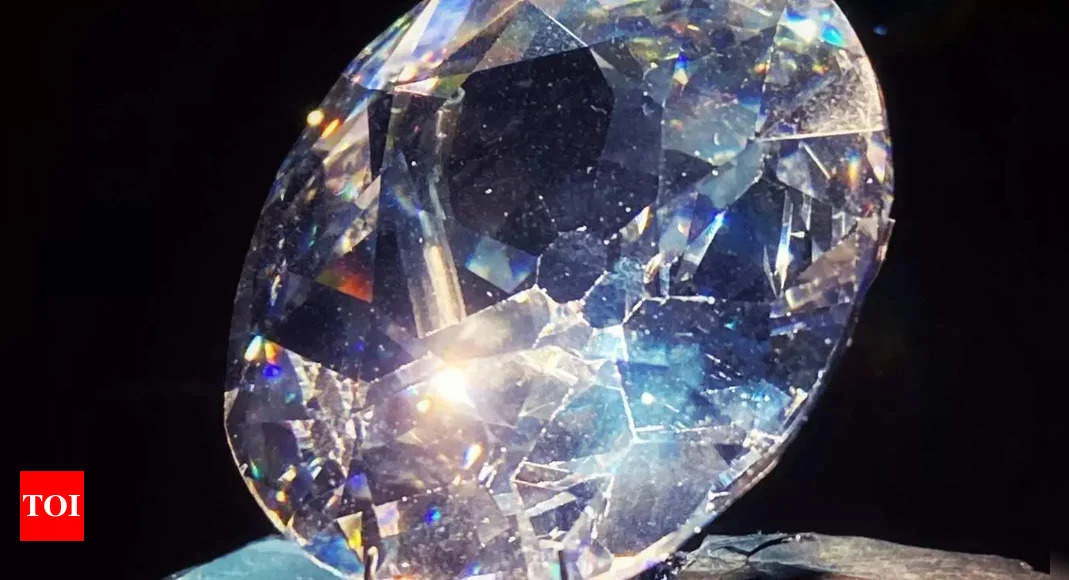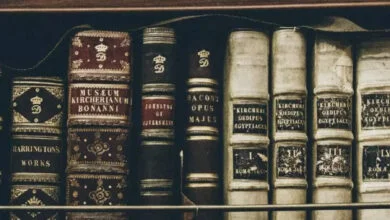The curse of Kohinoor: How the diamond affects its male owners | helobaba.com

Origin and story of the Koh-i-noor
While the exact origin of the Koh-i-noor is not known, as per the Odisha State Archives it is believed that the Koh-i-noor was discovered in Kollur Mines in Golconda region (now Telangana in India) during the Kakatiya Dynasty’s rule. The Kollur Mines in Golconda region (now Telangana in India) was said to be the only place in the world where diamonds were discovered, as per reports, until 1725 when diamonds were discovered in Brazil.
As one of the biggest diamonds in the world, the Koh-i-noor was considered a jewel of prestige– which made rulers fight for it, to own it as a trophy.
Over the years, the Koh-i-noor was passed on from one dynasty to another and it is difficult to ascertain that. But as per a historical account, in 1628 the Mughal ruler Shah Jahan had commissioned to make a spectacular Peacock Throne that would be encrusted with gemstones like rubies and emeralds, along with the Koh-i-noor as its centerpiece. It took seven years for Shah Jahan’s throne to be made. For the next few decades, the Mughal Empire not only expanded but their Peacock Throne also became a center of attention for other rulers across Asia.
In 1739, Persian ruler Nader Shah invaded Delhi and looted Delhi and along with him, he took away the Peacock Throne and the Koh-i-noor, which he wore on an armband. For the next several decades, the Koh-i-Noor remained out of India— which is now known as Afghanistan. War after war, the Koh-i-noor was passed on between different rulers. Finally, in 1813 the Sikh ruler Ranjit Singh got the Koh-i-noor after defeating the Afghan Durrani dynasty and brought it back.
But the Koh-i-noor wasn’t to stay in India for long. In 1839, when the British came to know about Ranjit Singh’s death, they urged the British East India Company to bring the Koh-i-noor to England. In 1849, the British imprisoned Ranjit Singh’s wife Rani Jindan, and forced their son Prince Duleep, who was just 11 years old, to sign the Treaty of Lahore through which the Koh-i-Noor was given to the British Empire, who still owns it.
The curse of Koh-i-noor

Representative image
Through out history, the Koh-i-noor has been passed on from one dynasty to another and has been owned by various rulers– be it Hindu, Persian, Mughals, Afghan and Sikh rulers. But one thing has been common, it is believed that any prince or king who possessed the diamond ultimately lost his power or life. Be it the Khilji Empire, Tughlaq Empire, Mughal Empire, Persian Kingdom, Durrani Empire, or the Sikh Empire– they all ultimately collapsed after owning the Koh-i-noor for some time.
It is noted that the East India Company, just a few years after they conspired to take the Koh-i-noor to England, was also almost destroyed in the Revolt of 1857.
Maybe the British Royals knew about this curse of Koh-i-noor which was widely believed by many. And so the Koh-i-noor, which is a part of the Crown jewels today, was never worn by a male heir to the throne.
In a way to avert the curse of Koh-i-noor, it is noted that so far it has only been worn by women in the British Royal family. When the Koh-i-noor was first taken to England in 1850, it was gifted to Queen Victoria, who rarely wore it as a brooch. It was then set in Queen Alexandra’s crown for the first time, followed by the Queen Mother’s crown for her coronation in 1937. The late Queen Elizabeth II was also seen wearing the Koh-i-noor at her coronation in 1953, as per the Royal Trust Collection. However, after she died in 2022, the now Queen-consort Camilla refrained from wearing it during her and King Charles III’s coronation ceremony, to prevent a controversy.
Over the years there have been many demands and protests against the UK to return the Koh-i-noor to India, but it remains to be a part of the British Crown jewels. While it is one of the most famous diamonds in the world even today, centuries after it was first discovered, the legends and folktales regarding it are still believed to be true by many.
King Charles diagnosed with cancer: Buckingham Palace









